Our Verdict
Philips' budget beamer delivers on the basics, with a decent, vibrant picture and a set of speakers that will absolutely deliver on the audio side. But its build quality, slightly awkward setup experience, and er, enthusiastic fans mean it definitely does feel very much like the budget device it is.
For
- Clear, accurate picture
- Decent set of speakers
Against
- Cheap build quality
- Can be awkward to set up if you don't have the space
- Quite loud
PC Gamer's got your back
The Philips NeoPix 750 is a $487 / £399 all-in-one projector with a focus on providing that cinematic experience on a budget. It tops out at 1080p, which is to be expected. However, that much cheaper price doesn't excuse its cheap build quality. Admittedly, projectors represent one area of tech that I'm quite snobby about, but with a sea of laggy Android TV boxes with a barely acceptable picture, this is a reasonable stance in my mind.
Immediately out of the box, I noticed that the NeoPix 750 is light. It's not slim, or easily packed away. Others in its bracket from competitors, such as XGIMI or Samsung, go for a much smaller form factor, and the bulky NeoPix is just a pain to set up unless I completely rearrange my room.
It's a similar size to a classic VHS player but in both directions. When I saw the promotional images I was imagining a far smaller device, but no, the NeoPix makes itself quite known.
The sense of cheapness seeps into the projector's focus ring. It's thankfully stiff, so there's no chance of it randomly going out of focus. However, it consistently felt like it might snap off with the wrong twist.
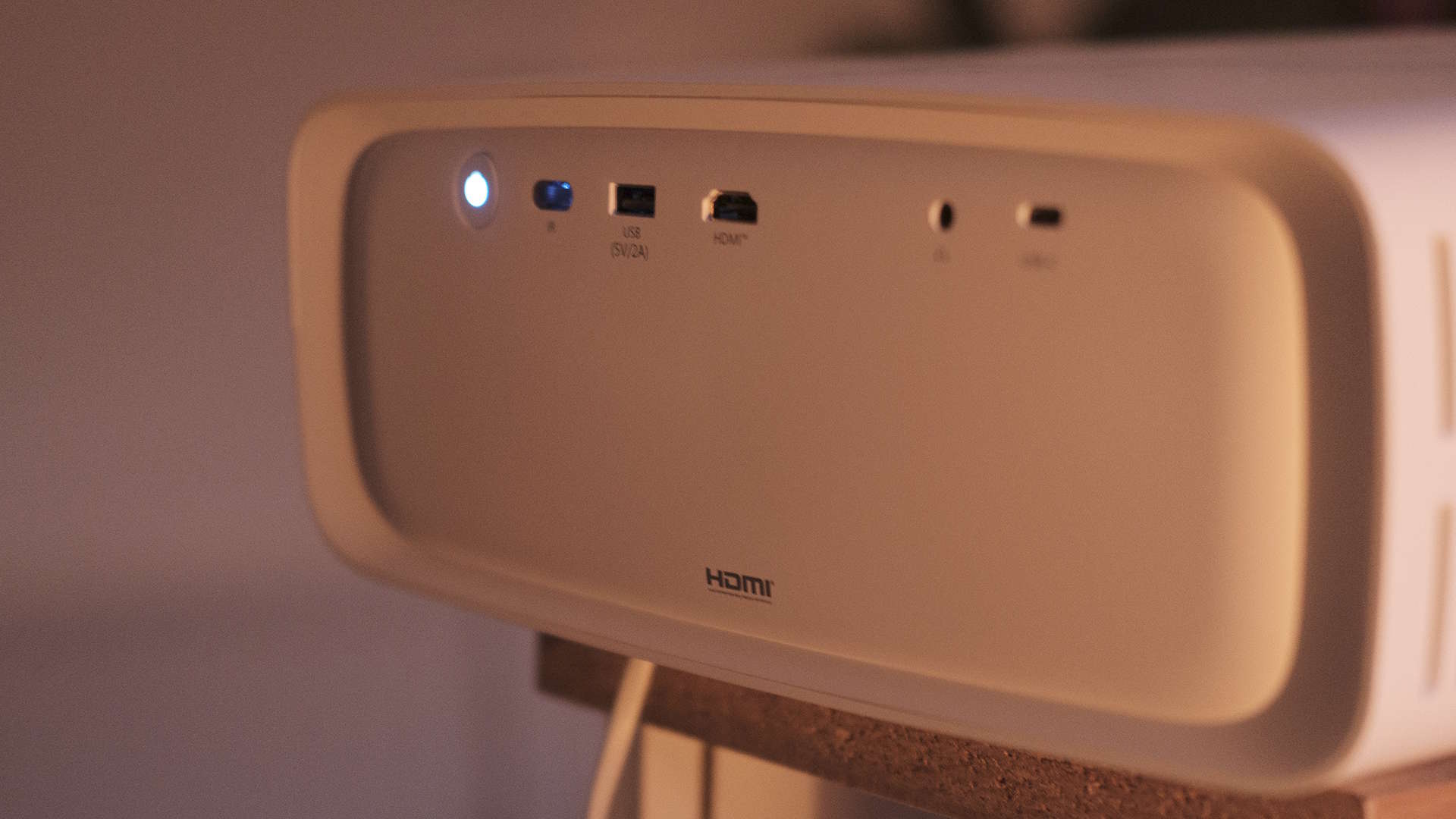
Display Technology: LCD
Native Resolution: 1080p FHD
Throw distance: 120-inch @ 144-inch distance (367 cm)
Brightness: 700 ISO Lumens
LED lamp Life: 30,000 hours
Inputs: 1x HDMI, 1x USB-C, 1x USB-A, 1x 3.5mm headphone jack
Weight: 3.9 kg (8.6 lbs)
Size: 305 x 119.5 x 319 mm
Price: £399 | $487 | €399
With its plasticky remote, I muddled through the setup process. It uses Android, but is masked under Philips' custom "LumenOS", and even that feels mediocre. Seeing a near-stock version of an ancient onscreen Android keyboard in the setup menu really set the bargain-bin mood.
The setup wasn't painless, either. Getting things like Wi-Fi and the remote paired were simple enough, but the limitations of the projector itself reared its ugly head. More expensive projectors I've used in the past—and currently own—beam a much wider area for you to work with and display the image how you want.
Philips' NeoPix 750 doesn't emit the largest space. In fact, it's quite dainty—not its fault, it's a budget-friendly device—but will absolutely cause issues if you don't plan ahead.
Keep up to date with the most important stories and the best deals, as picked by the PC Gamer team.
It does feature automatic and manual keystone options, where you can manipulate the image to match what you’re projecting onto. I couldn’t get the automatic option to stop angling downwards, and the manual option only reached so far.
Even when using the included digital zoom, shrinking or enlarging the image couldn’t get it to fit and I eventually gave up, beaming it onto an adjacent wall. Altering the picture to fit new placements constantly feels like a battle, but stretching your beamed image out on the different axes always does—even with the more expensive projectors.
Eventually, I opted to just physically move it back as far as I could to get the size and image I wanted. I just wish it would let me break the boundaries a little more, but of course, the NeoPix probably ran out of runway to do so—both physically and due to the software’s limitations.
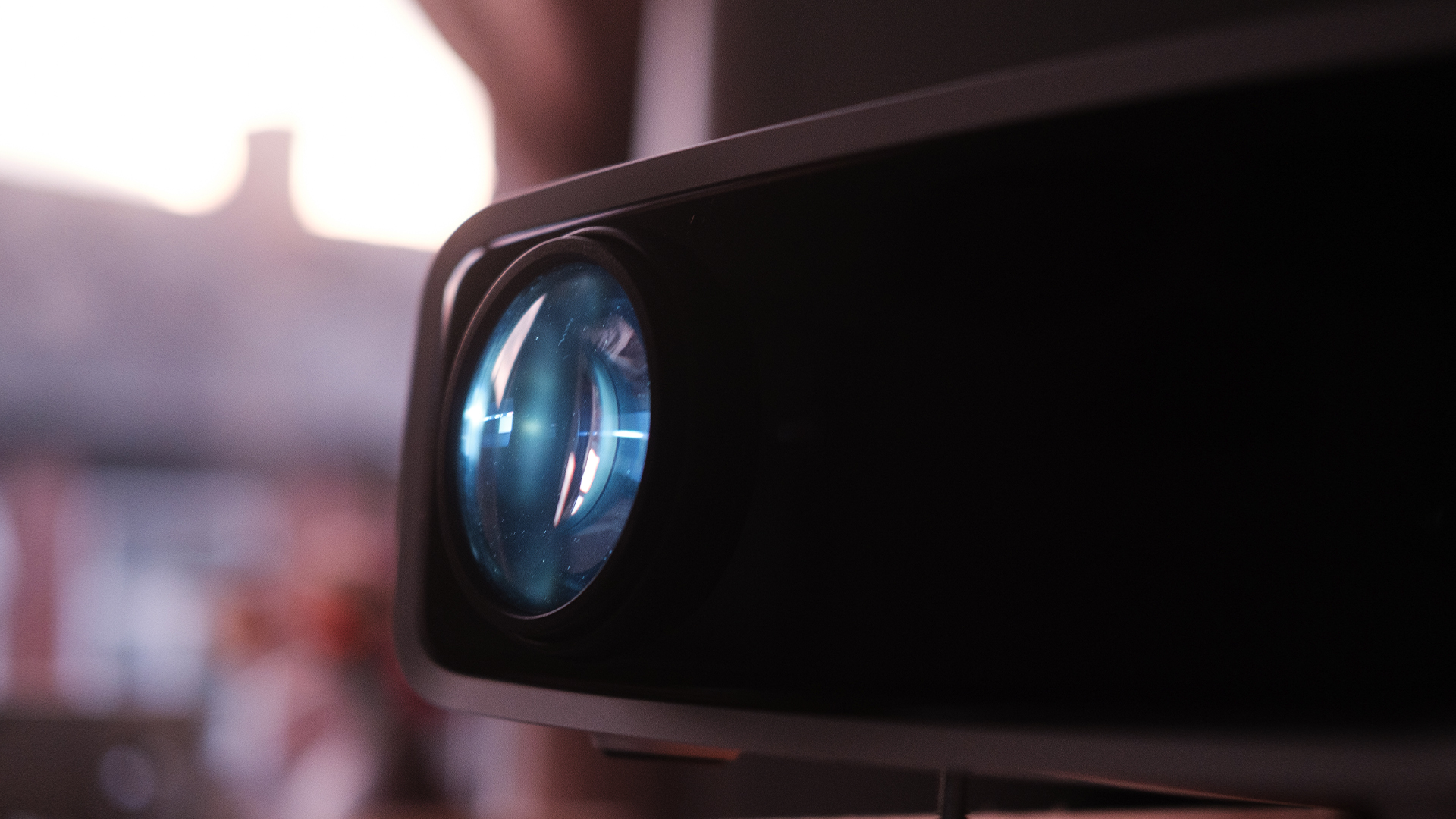

Placing this on your coffee table and against a naked wall will work great (just as Philips itself advertises), but any room not conforming to a marketing bod's ideal, or with a centerpiece to build the “cinematic” experience around will unfortunately find themselves fidgeting with placement much longer than anticipated.
Part of the issue is that the power cable doesn't just slot into the back. Instead, it's supposed to sit flush underneath, keeping the area tidy. However, the cable groove ends before the projector's edge, meaning it just constantly looks like it's about to fall out of place.
Outside of the physical, LumenOS is inoffensive despite its user interface's ancient aesthetics. Downloading apps, navigating the menus, and watching things all feel quite smooth. Again, this is just Android with an additional layer, so if you've ever navigated a modern smart TV, you'll immediately understand what's happening.
So what about this "cinematic experience" then? Well, for your $500 / £400, you actually get quite a decent image, especially as the winter rolls in and it gets dark earlier in the day. The NeoPix 750 really benefits from a dark room, as with any projector, but using it during the daytime doesn't immediately strike any definite viewing hardships.
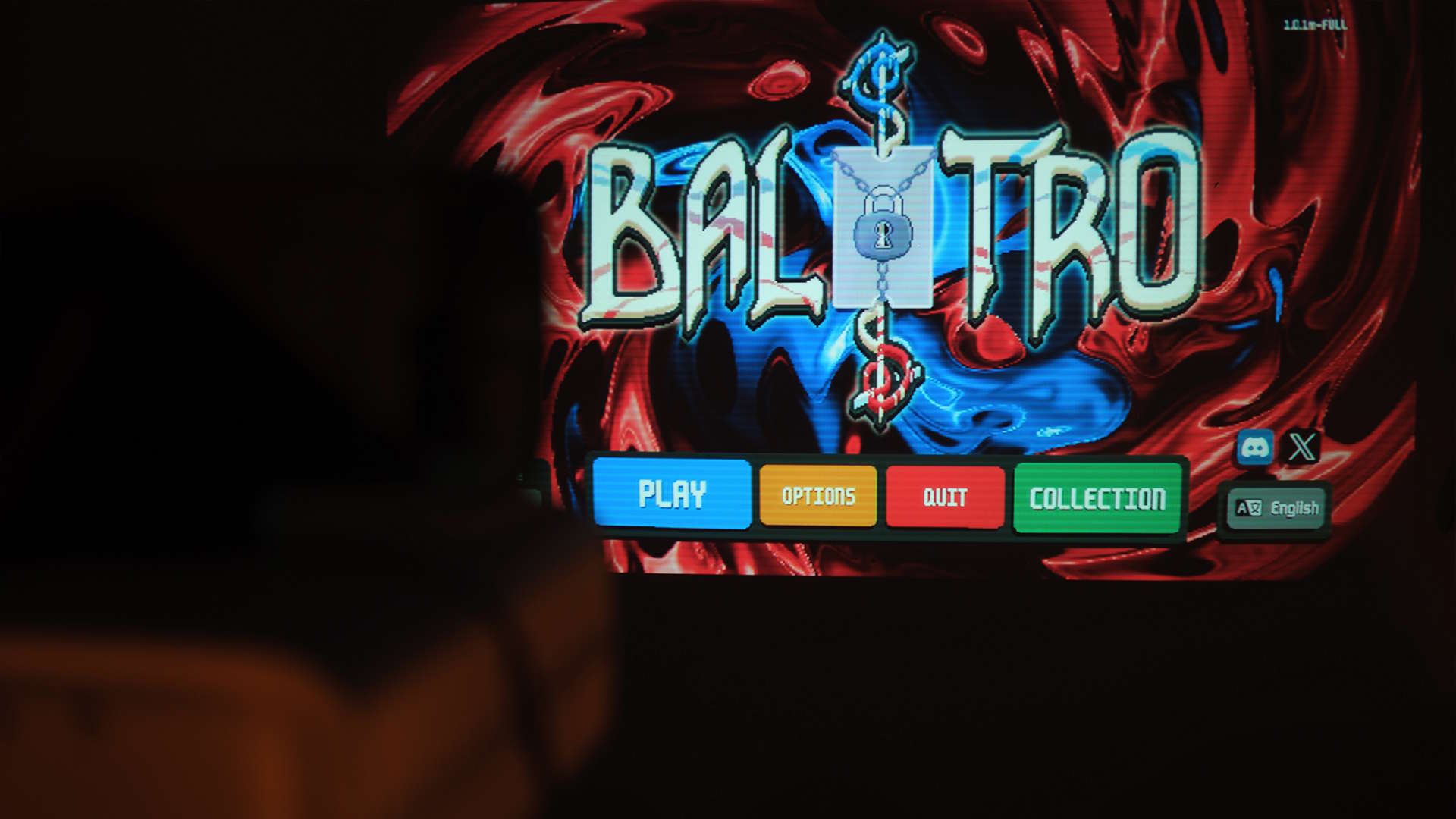

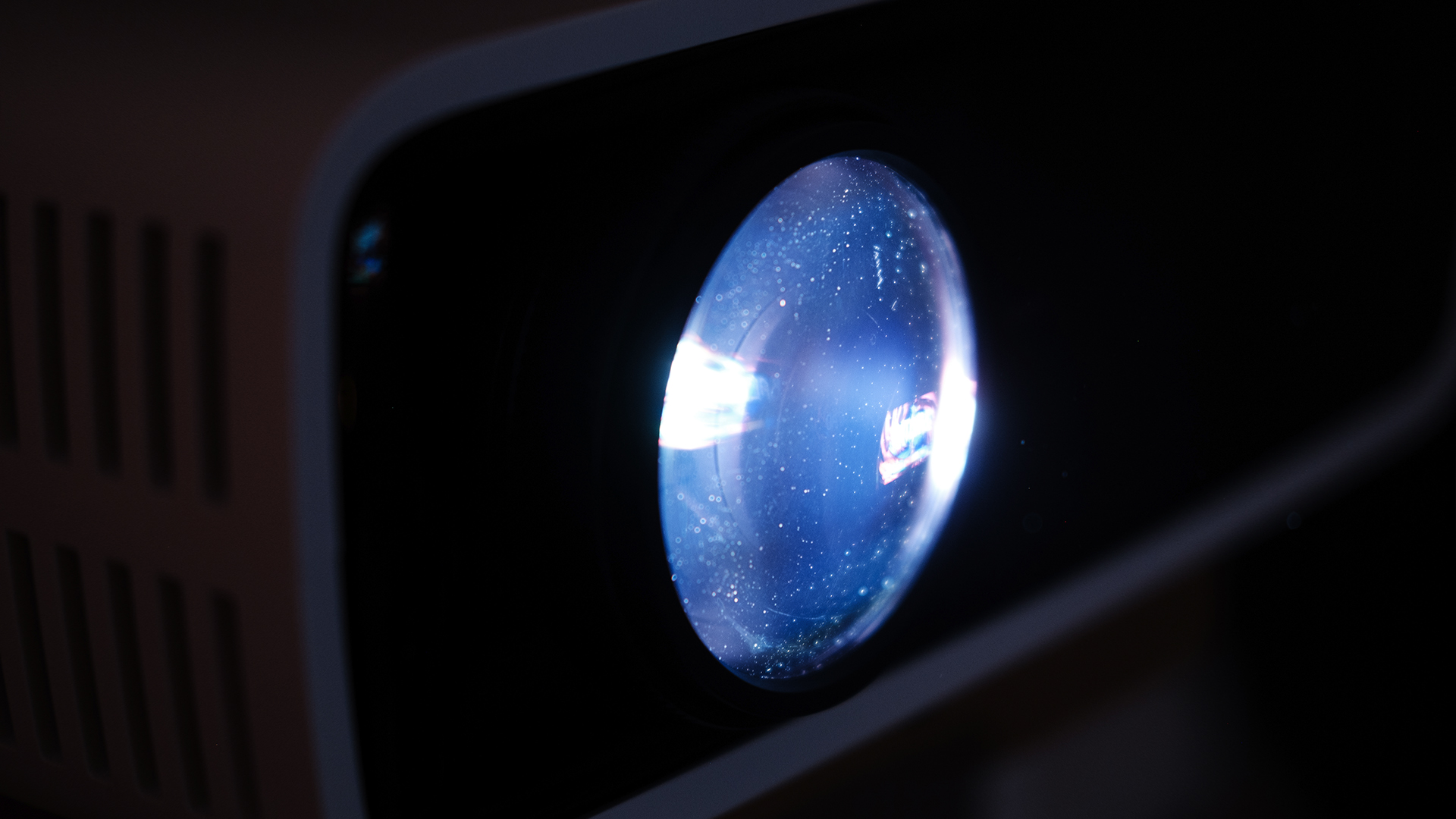
Unfortunately, there’s no specific gaming mode here.
Sure, exploring the grotty buildings of the original Silent Hill 2 at 2pm didn't present the best image, but it wouldn't have on a modern TV either. Once it gets dark, however, the image is really quite solid.
Unlike other budget projectors like some of the XGIMI options, Netflix and other apps were natively supported, thankfully. It made testing to watch for abnormalities far less of a headache.
The colours pop and have a delightful vibrancy. Most importantly, they also appear to be fairly accurate. Watching movies presents no major colour aberrations, and the 1080p image is crisp. Even when streaming lower-quality video from YouTube or my Plex server, the NeoPix doesn't falter.
Gaming is something you're also going to want to plan around. While I don't think the average player will notice if their game has input lag, I definitely noticed it in twitch-heavy games. There’s a noticeable few milliseconds between input and action on the screen, masked in slower-paced titles.
Esports and precision titles like Street Fighter will probably feel out of sync. Even a few levels of Warhammer 40K: Boltgun on the Steam Deck, with a wired controller, had more than a few deaths down to input lag. Unfortunately, there’s no specific gaming mode here.
This said, titles like the recent RPG Metaphor: ReFantazio and indie darling Balatro are perfect fits for the NeoPix. Balatro became a multiplayer affair as my partner and I dabbled in the higher-ranking stakes, and Metaphor really let the speakers shine.
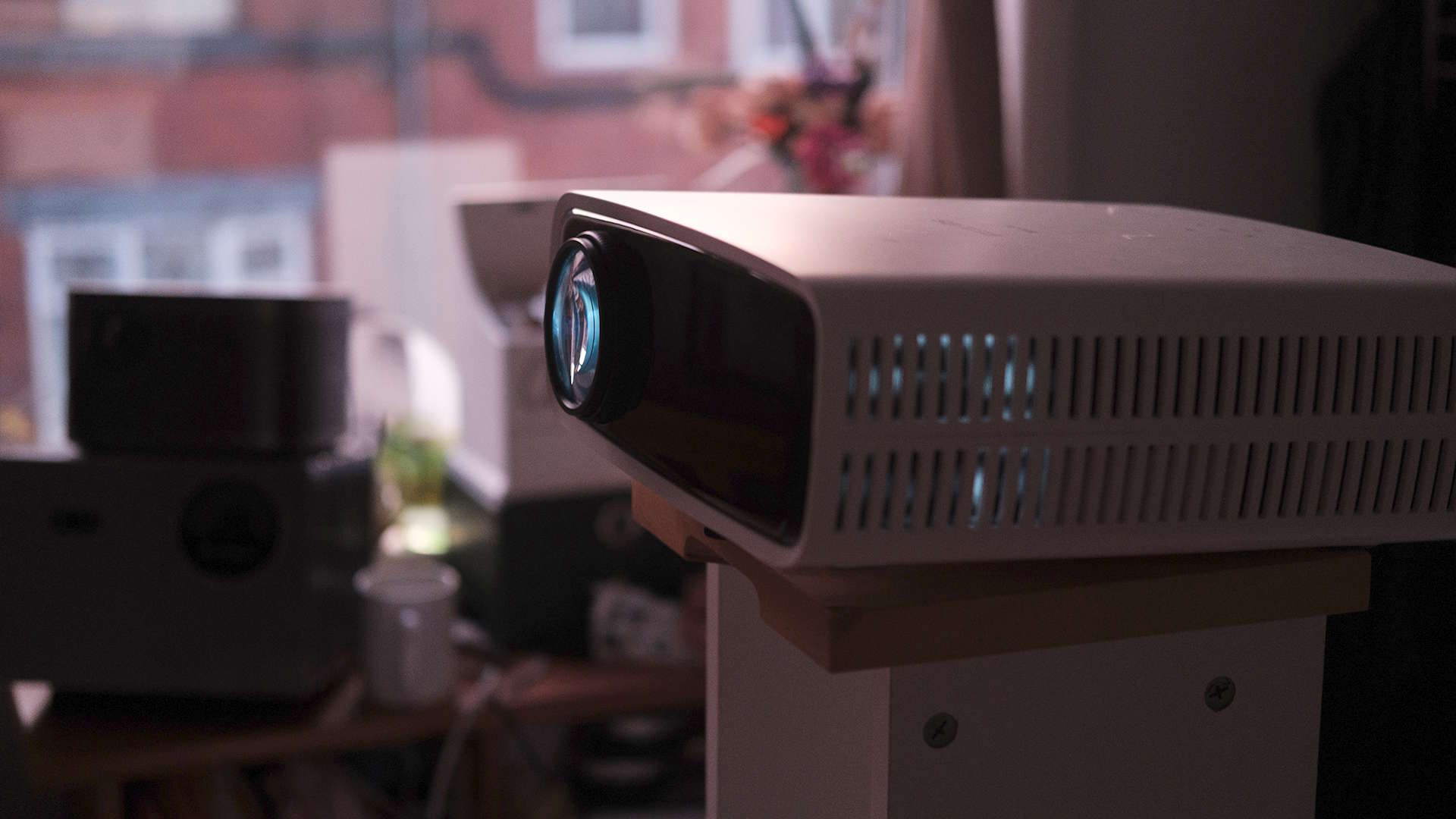

✅ You don't want to break the bank: Its $487 / £399 price point does give you a decent image and sound, despite the cheap body.
✅ Want to game on an even bigger screen: The NeoPix can go up to 120 inches, so as long as you keep your gaming expectations in check, you'll have a grand time.
❌ Your favourite game is an esports title: The input lag will drive you up the wall, making you miss key winning moments.
❌ You're expecting a top-of-the-line image: While the picture is crystal clear, it's still a 1080p picture on a mid-tier projector.
Its thunderous choir soundtrack really comes to life when it's blaring out of a good set of speakers. Philips might have cheaped out on some of the build quality, but the actual experience of watching or playing something on it feels quite up to the task.
Thankfully its inbuilt speakers are quite loud, because so are the fans. Projectors have a tendency to hum, it's the nature of the beast, but the NeoPix 750 is loud—and hot. My partner mentioned on more than one occasion that the room felt much warmer with it on than not, something we've rarely experienced with other projectors that have come and gone.
The Philips NeoPix 750 isn't the best budget projector on the market right now. Despite their weird Android issues (pre-2024 models still have some apps unsupported), XGIMI still holds the roost in terms of form factor and quality. However, if you want something below that £500 mark, you can absolutely do far worse. Projectors will never be the first choice for gaming and the Neopix is no different. As long as you keep those expectations in check, you'll have a good time at a good price.
Philips' budget beamer delivers on the basics, with a decent, vibrant picture and a set of speakers that will absolutely deliver on the audio side. But its build quality, slightly awkward setup experience, and er, enthusiastic fans mean it definitely does feel very much like the budget device it is.

Joel’s grim obsession with bad games and even worse hardware has led him on this path. Since the age of six, he’s been poking at awful games (Tak and the Power of Juju, anyone?) and oddities from his ever-expanding Steam library. He’s been writing about video games since 2008, writing for sites like Scan Computers, WePC and PC Guide. More recently Joel was Dexerto’s E-Commerce and Deputy Tech Editor, delving deep into the exploding handheld market and taking time to review those nasty video games.


